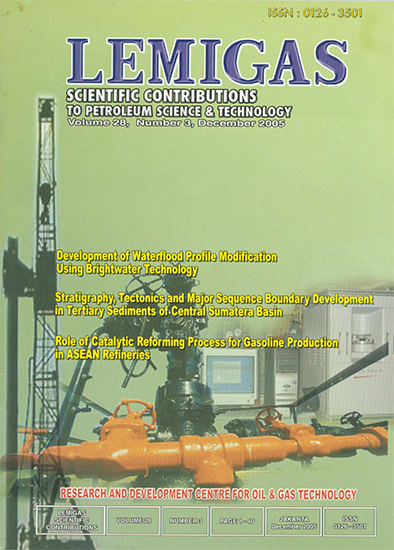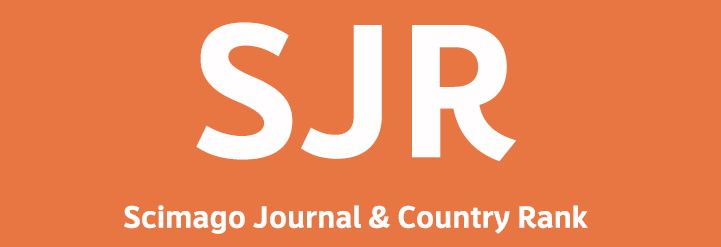THE INFLUENCE OF ISOPROPYL ALCOHOL CONCENTRATION ON THE CHANGE OF PHASE BEHAVIOR IN THE MIXTURE OF OIL - SURFACTANT - ISO PROPYL ALCOHOLFORMATION WATER
DOI:
https://doi.org/10.29017/SCOG.28.3.1042Keywords:
Concentration Behavior Oil - Surfactant - IsoAbstract
Surfactant is surface active agent chemical that has two types of properties; lyophobic (like water) and hydrophobic (like oil). One of enhanced oil recovery methods that is used to improve oil recovery factor, is surfactant flooding. Oil and water are two separated phases and have high interfacial tension value (around 30-40 dyne/cm). Addition of surfactant solution at certain concentration into the mixture of oil-surfactant-formation water will change the phase behavior. In this case, four types possibilities of emulsion formed, these are: • Upper phase; Middle phase (microemulsion); Lower phase; Macroemulsion. According to Prince, L.M (Theory and Practice of Microemulsions), change of phase behavior in the oil-surfactant-formation water mixture is influenced by several factors, one of them is concentration of alcohol. The main focus of this research is to study influence of isopropyl alcohol (IPA) concentration on phase behavior in the oil-surfactant-IPA-formation water mixture.Concentration Behavior Oil - Surfactant - Iso
References
Noronha, JC and Shah DO, 1982, "Ultra Low IFT, Phase Behaviour and Micro-structure
in Oil/ Brine/ Surfactant/Alcohol Systems“, Aiche Sym- posium Series, Vol. 78, No. 212.
Salter, SJ, 1977, " The influence of Type and Amount of Alcohol on Surfactant-Oil-Brine
Phase Behavior and Properties., SPE 6843.
Fayer FJ, 1981, "Enhanced Oil Recovery", Elsevier Scientific Publishing Company,
Amsterdam, Oxford, New York.
Adamson, A.W., 1960, "Physical Chemistry Of Surface", Interscience Publisher, Inc. New
York.
Prince, L.M., 1977, "Microemulsion-Theory and Practice", Academic Press, INC. New
York
Downloads
Issue
Section
License
Copyright (c) 1970 SCIENTIFIC CONTRIBUTIONS OIL AND GAS (SCOG)

This work is licensed under a Creative Commons Attribution 4.0 International License.
Authors are free to Share — copy and redistribute the material in any medium or format for any purpose, even commercially Adapt — remix, transform, and build upon the material for any purpose, even commercially.
The licensor cannot revoke these freedoms as long as you follow the license terms, under the following terms Attribution — You must give appropriate credit , provide a link to the license, and indicate if changes were made . You may do so in any reasonable manner, but not in any way that suggests the licensor endorses you or your use.
No additional restrictions — You may not apply legal terms or technological measures that legally restrict others from doing anything the license permits.














